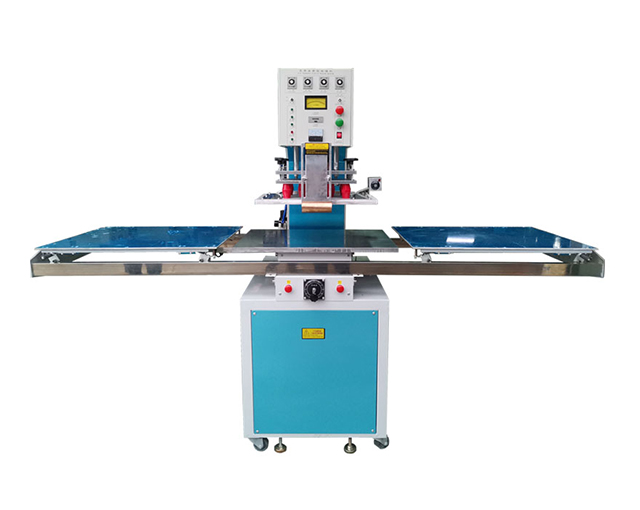Time:2025-08-08 Views:1 source:News

Embossing machine human-machine interaction (HMI) refers to the interface through which operators control, monitor, and adjust embossing equipment, playing a critical role in ensuring operational efficiency, safety, and precision. Modern embossing machines, used in industries such as textiles, paper, leather, and metalworking, feature advanced HMI systems that combine intuitive design with technical functionality, bridging the gap between human operators and machine performance.
At the core of embossing machine HMI is the control panel, which has evolved from traditional mechanical levers and dials to digital interfaces with touchscreens, keypads, and graphical displays. These panels allow operators to input key parameters such as embossing pressure, temperature, speed, and pattern selection. For example, a textile embossing machine’s HMI might include a 10-inch touchscreen where operators can select from pre-programmed patterns, adjust roller pressure from 50 to 500 psi, and set conveyor speeds between 1 and 10 meters per minute. Real-time feedback is displayed, including current pressure readings, roller temperature, and production counts, enabling operators to monitor performance at a glance.
User-centered design is a key principle in embossing machine HMI, ensuring that interfaces are intuitive even for operators with minimal technical training. Menus are structured logically, with clear icons and step-by-step prompts guiding users through setup and operation. For instance, a “Quick Start” function might allow operators to load a saved recipe for a specific embossing job, automatically configuring all parameters and reducing setup time from 30 minutes to 5 minutes. Error messages are displayed in plain language (e.g., “Roller temperature too low – increase to 180°C”) rather than cryptic codes, helping operators troubleshoot issues quickly.
Safety features are integrated into the HMI to prevent accidents. Emergency stop buttons, often prominently colored red and positioned within easy reach, immediately halt all machine operations when pressed. The interface may also include interlock systems: if a safety guard is open, the HMI displays a warning and prevents the machine from starting, with a visual indicator showing the guard’s status. Additionally, some HMIs require operators to enter a password before accessing advanced settings, preventing unauthorized adjustments to critical parameters like pressure or speed.
Connectivity options enhance HMI functionality in modern embossing machines. USB ports or wireless connectivity (Wi-Fi/Bluetooth) allow operators to import new embossing patterns, export production logs, or update machine software. In smart factories, HMIs can connect to MES (Manufacturing Execution Systems) or cloud platforms, enabling remote monitoring by supervisors. For example, a supervisor can check production metrics or receive alerts about machine status via a mobile app, even when off-site.
Ergonomic considerations extend beyond the control panel. HMI screens are often angled for optimal visibility, with anti-glare coatings to reduce eye strain during long shifts. Key buttons are sized for easy pressing, even with gloved hands (common in industrial settings), and touchscreens are resistant to dust and moisture, ensuring reliability in harsh environments. Some machines also feature audio feedback, such as beeps to confirm parameter changes or alarms for critical issues, complementing visual displays.
embossing machine HMI systems are designed to enhance operator efficiency, safety, and usability through intuitive interfaces, real-time feedback, and integrated safety features. By prioritizing user experience and connectivity, these systems enable seamless control of embossing processes, reducing errors, minimizing downtime, and supporting high-quality production across industries.
Read recommendations:
Heat shrink tunnel oven wrapping machine
High Frequency HF plastic welding machine blister clamsheel card
pedal radio frequency HF pvc plastic welding machine leather logo brand embossing
Complete control over products allows us to ensure our customers receive the best qualityprices and service. We take great pride in everything that we do in our factory.
